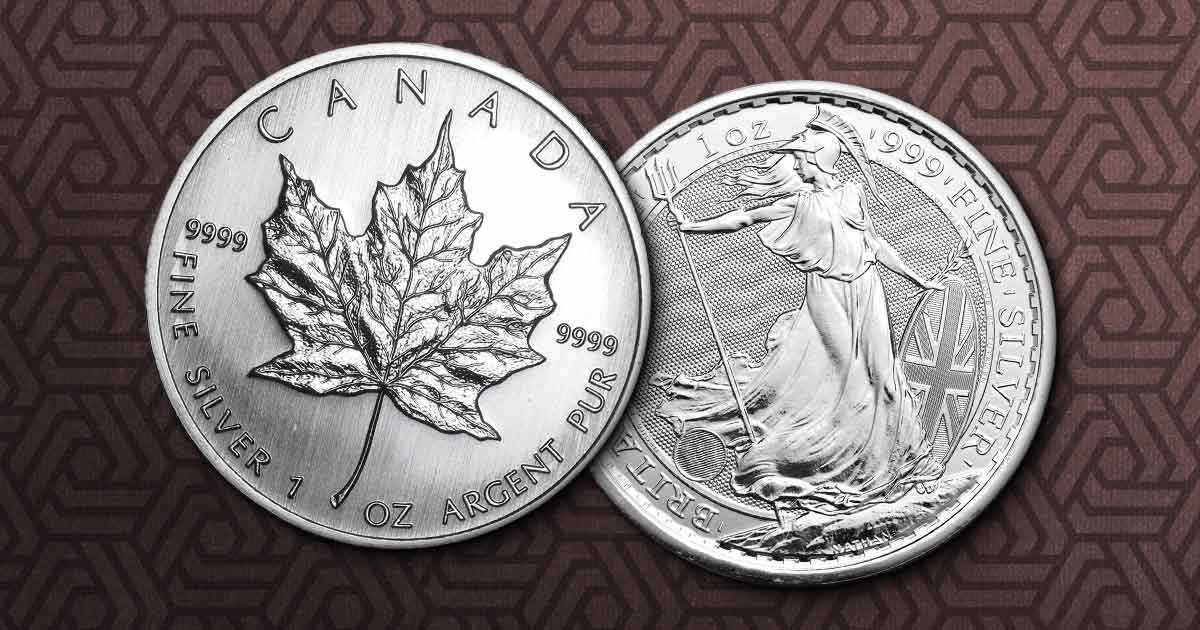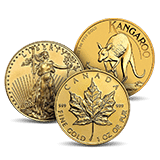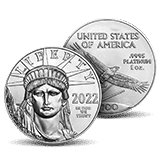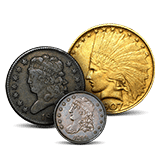
There are many mints in the world with the Royal prefix. These Royal Mints refer to the authority of the national crown to produce coinage.
Royal leaders like kings and queens have the authority to issue coinage and make decisions regarding their coinage. In most cases, the royal prefix is an assertion of a nation’s sovereignty and ability to issue its own coinage with exclusivity.
Why Were Royal Mints Formed?
In the medieval ages, there was a wide and diverse range of coins available. Many of these coins would have been produced by independent coining operations, especially in large cities that depended on trade with traveling merchants. Amidst the large array of authentic coins, counterfeiters were able to easily add their own reproductions into circulation.
Factors like counterfeiting and independent minting from unauthorized organizations contributed to an overall decline in the quality of medieval coins. Counterfeiting is even mentioned in Dante’s Divine Comedy, where the penultimate circle of hell is reserved for falsifiers. Counterfeiters were punished with illness and disease in the poem.
To curb counterfeiting, laws were passed to criminalize the act. The 7th-century code of the Visigoths allowed for the removal of the right hand of servants involved in counterfeit coin production.
Similar attempts were made with the Capitulare missorum from Thionville, France, in 802 A.D. The Capitulare missorum was issued under the rule of Charlemagne and emphasized the royal prerogative to strike coinage.
The Monnaie de Paris was founded about 60 years later, in 864, by Charles the Bald, Charlemagne’s grandson. While the Monnaie de Paris does not contain a royal prefix, its establishment paved the way for royal mints to centralize and regulate coin production.
The British Royal Mint, known today as The Royal Mint, was established a mere 22 years later, in 886, under the rule of Alfred the Great. Its authority grew globally alongside the British Empire as the crown was able to exert control over the minting operations in Commonwealth nations.
What Royal Mints are Associated with the British Royal Family?
Some mints around the globe have the Royal prefix as part of their name because of historic connections with other nations, particularly the British crown. The British Commonwealth includes more than 50 nations and several of these nations have royal mints. Their use of the Royal prefix is a reference to their relationship with the British royal family, including their ability to strike and issue coins.
The most well-known Royal Mints in the commonwealth outside of England are the Canadian Royal Mint and the Australian Royal Mint. The Canadian Royal Mint was founded in 1908, and the Australian Royal Mint was founded in 1965.
Malaya was a member of the British Commonwealth, but the nation dissolved in 1963. The Federation of Malaysia was formed in 1965 and has been a Commonwealth member since its formation. The mint was originally named the Kiland Wang Bank and was owned by the Boustead Mint before it became a private mint and was renamed the Royal Malaysian Mint. It struck Malaysian coins between 2003 and 2006.
Other Royal Mints
Royal Danish Mint
The Royal Mint of Denmark was established in 1739 and, under Danish law, is the only organization allowed to strike the krone (DKK). The Danish history of coin striking goes back nearly a millennium and the Danish Royal Mint is still owned by the government of Denmark today.
Royal Dutch Mint
The Royal Dutch Mint was founded in 1806 when King Louis Napoleon concluded that the production of a nation’s coins should be handled by a single national organization. This decision was a departure from the medieval practice of large trade cities producing their own coinage, which resulted in numerous layers of bureaucracy. The Dutch Mint operated through three centuries and received a royal prefix in 1999. In 2016, the Dutch Royal Mint was sold to a private Belgian company.
Royal Hungarian Mint (Now known as the Hungarian Mint)
The Hungarian Mint was established under the rule of the first king of Hungary, King Stephen I, in 1001 AD. It was renamed the Royal Hungarian State Mint in 1925 when its striking equipment was moved from Körmöcbánya to Budapest. Today, it operates as a private company wholly owned by the Hungarian National Bank.
Royal Mint (Spain)
The Spanish Royal Mint was one of several operating mints in Spain before Philip V made the production of coinage a state operation exclusively. Amid the rule of Isabella II, there were seven public mints in Spain, but when the peseta became the national currency in 1869, only the Royal Mint in Madrid was in operation.
Royal Norwegian Mint
The Royal Norwegian Mint was founded in 1686 as part of a private company, Kongsbern Silverworks. The company was a private bank but still subject to the Norwegian Royal family. The Central Bank of Norway took over operations in 1962. In 2001, the mint was incorporated into a private company, and that company was sold in 2003.




